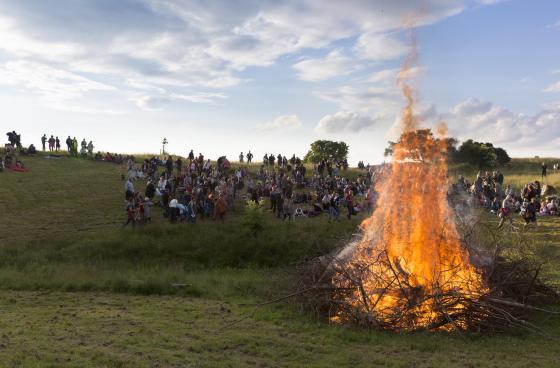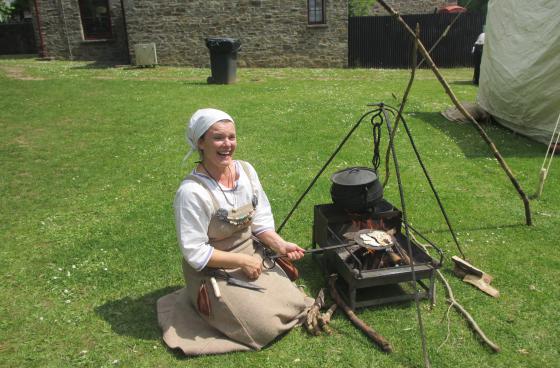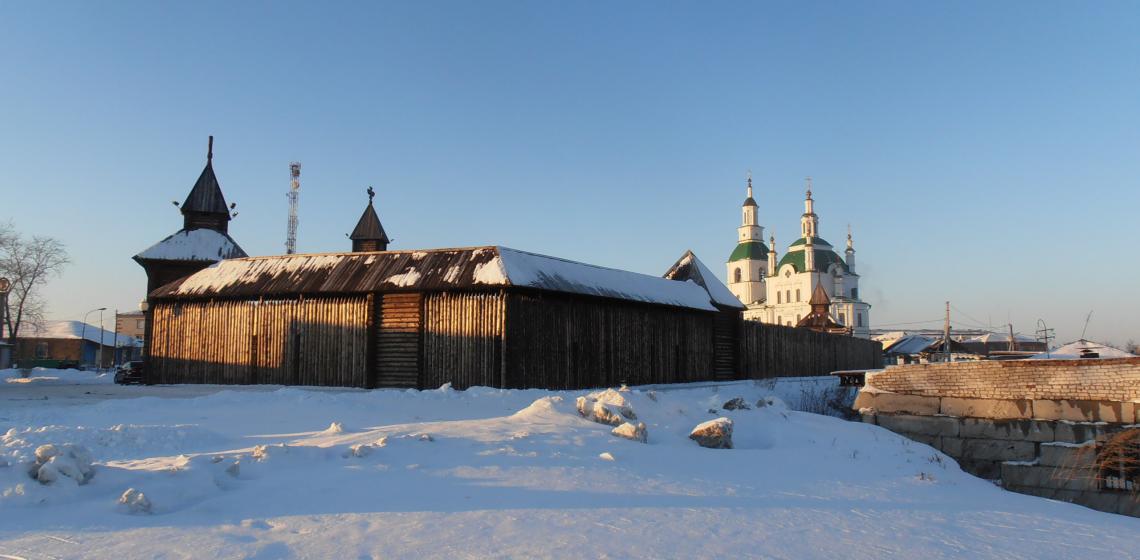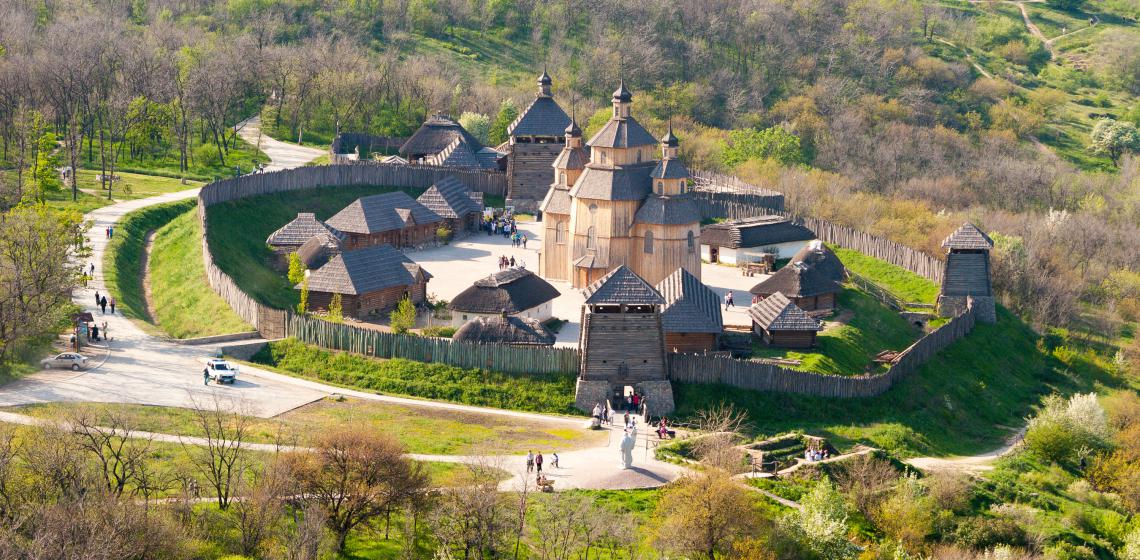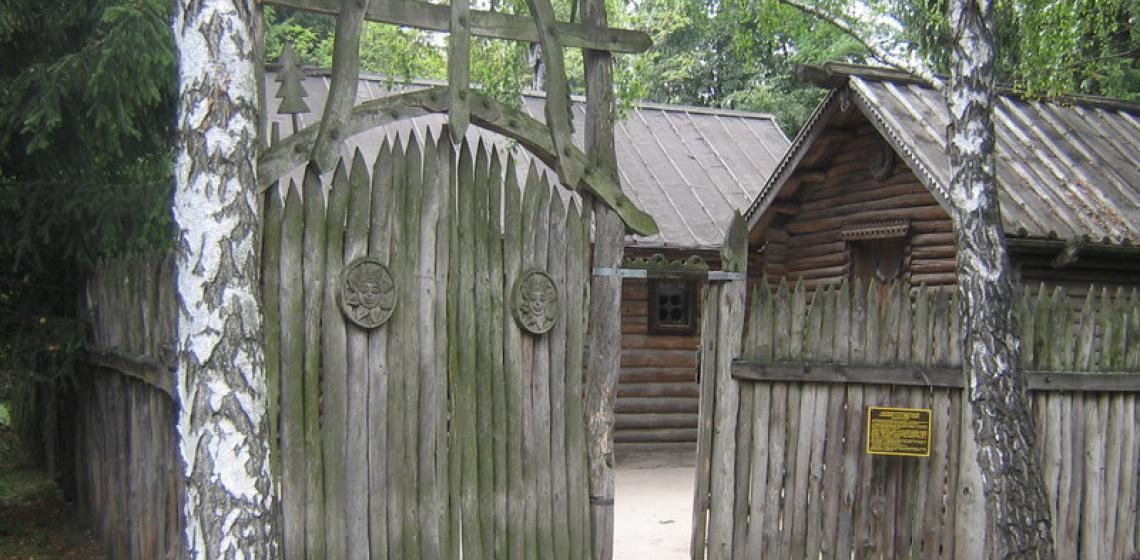Khortytsya is the largest island in the River Dnieper: 12.5 kilometres long and up to 2.5 kilometres wide. The island forms part of the Khortytsya National Park. The Historical and Cultural Complex Zaporizhzhya Sich (Запорозька Січ), located in the north-east of the island of Khortytsya in Zaporizhzhya, is a reconstruction of the Cossack fortress of the 16th-18th centuries, recreating the image of the Cossack capital and the atmosphere of the time.
Despite the fact that there is no evidence for the existence of a Sich-fortress on the island Khortytsya, this picturesque town is harmoniously blended into the surrounding natural landscape, especially emphasizing the bright atmosphere of the time.
The Historical and Cultural Complex Zaporozhzhya Sich has become one collective image of all that existed in the days of the Cossack Sich. It brings together the most interesting elements of architecture, culture, life, and the life of the Zaporozhye Cossacks.



